Education & Skills Funding Agency (ESFA) and National Careers Service – UX Research & Design for LARS, Submit Learner Data, Helpdesk, and Operator Solutions
Framework: Government Digital Service (GDS) Standards
Role: Senior UX Designer
The Unisys Law Enforcement Application Framework (U-LEAF) gives resource-challenged law enforcement personnel a tool to help them meet the growing public demand for effective investigations of crime and terror threats.
To comply with my confidentiality agreement I have omitted and appropriated confidential information. These designs are a reinterpretation of the original.
To comply with my confidentiality agreement I have omitted and appropriated confidential information. These designs are a reinterpretation of the original.
Objective
The ESFA and National Careers Service (NCS) aimed to improve user experience across several critical digital services, including the Learning Aims Reference Service (LARS), Submit Learner Data, and Helpdesk/Operator solutions.
The overarching objective was to create a seamless, inclusive experience for users, including learners, educators, and service operators. This project also involved enhancing specific features for NCS and ensuring that all designs adhered to GDS standards for accessibility and usability.
To develop a digital submission route that streamlines the repayment and adjustment claim process for traders, reducing reliance on manual keying and minimising errors that delay payments.
This solution aims to enable HMRC to process claims more efficiently by digitising the submission of data currently captured on the C285 and C&E1179 forms, allowing case data to flow directly into the case management system.
By eliminating the manual entry of claims, the project will support timely repayments, increase operational efficiency, and accommodate anticipated increases in claim volumes due to EU Exit.
Additionally, the project will provide traders with an improved service, reducing the need for physical form submissions and allowing for a simpler, more reliable claims process.
My Role
As a Senior UX Designer, I was responsible for delivering end-to-end UX solutions within a scaled agile framework.
My role included conducting UX research, facilitating ideation workshops, crafting user journeys, and developing interactive prototypes using tools like Adobe XD, Sketch, and FIGMA.
Working within an embedded, multidisciplinary team, I collaborated closely with product managers, developers, and stakeholders, ensuring each Sprint and Program Increment (PI) incorporated user-centred design and accessibility principles.
- A background review of existing information
- Stakeholder requirements workshop
- User testing and interviews (telephonic & face-to-face)
- Online audience survey
- Strategy workshops
- Task Flows, Lo-Fi Sketches
- Ideation & Prototyping workshop
- Wireframes & Wireframe testing with selected user groups
- UX Pattern Library
- Graphic design & testing
Challenges
Challenges
- User Diversity and Accessibility Needs: Ensuring that designs accommodated a wide range of users, including those with varying digital literacy and accessibility needs.
- Consistent Communication of Design Rationale: Regularly presenting design decisions and user-centred principles to stakeholders and the broader team to align on priorities and maintain consistency.
- Documentation for Continuity: Ensuring design iterations and user insights were comprehensively documented to support ongoing development and future project phases.
- Getting user research into agile teams in a way that is timely, relevant and actionable was a challenge
- Identifying and arranging to test with users, often with a very niche skill-set and limited availability made initial research and validation problematic.
- ULEAF users at all levels have a vested interest to help inform and improve the product and see the potential in their involvement as they too benefit from any improved product or service through ULEAF UX improvement initiatives.
- Given the rich nature of the ULEAF interface, usability was paramount to the design approach – the ULEAF application itself is powerful, flexible and the reporting highly scalable, so the designs needed to cater for the diverse information that can be accessed through the interface while remaining intuitive and relevant.
Design & Research Tool Kit

Approach
Approach
- Research and Ideation Workshops: I conducted research sessions with users and facilitated ideation workshops with team members to identify key pain points and potential solutions, ensuring alignment with GDS Design Principles.
- Rapid Prototyping and User Testing: Using tools like Adobe XD and the Government Prototype Kit, I developed rapid prototypes to explore design solutions. Prototypes were tested with users to gain insights into usability and inform iterative design improvements.
- Focus on Accessibility and Inclusivity: I incorporated accessible design practices throughout, ensuring WCAG compliance, using clear labelling, and considering assisted digital needs to make the service accessible to the broadest possible audience.
Only if we have a full understanding of project needs, objectives, and any conditions and constraints that are operating on the development of the application can we can deliver with the full value.
With a number of user research activities followed by ideation and wireframing. This given U-LEAF information, insight and recommendations to drive immediate improvements, as well as information to guide and shape longer-term initiatives.
Deliverables
Deliverables
- User Journeys and Wireframes: Illustrated detailed user journeys and created wireframes for critical tasks across the ESFA and NCS platforms, improving task efficiency and clarity.
- Interactive Prototypes: Developed high-fidelity prototypes to visualise the user interface and experience, iterated based on user testing insights.
- Design Documentation: Compiled all design processes, user flows, and accessibility features in detailed documentation, ensuring continuity for future phases and team members.
- Provided user experience expertise throughout the design phase
manage remote user analysis - Persona creation
- Iterative Creatives / UX design
- Rapid prototyping
- UX Pattern Library (Style Guide)/ Best Practice Guidelines: which provide key design principles used for reference in future development cycles.
Result
The project outcomes aligned with GDS standards, offering an enhanced, accessible experience across ESFA and NCS services.
Early user testing demonstrated improved user satisfaction, reduced task completion times, and positive feedback from users regarding ease of use.
Design artefacts and documentation provided the foundation for continued development, supporting the ESFA’s commitment to delivering an inclusive and user-focused digital service.
- Dramatically improved usability, enhance functionality and ensure the system was far more effectively adopted by the ULEAF Users.
- Feedback on the new version of ULEAF has been excellent and we are delighted that the application scored 89.6% on the System Usability Scale (SUS) independently tested by Usability experts Sigma Consulting.
- In Addition, We did build up a good understanding of the challenges, culture, and drivers involved in working with law enforcement agencies.
Selected Works

HMRC - CDS ReimbursementsWEB APPLICATION
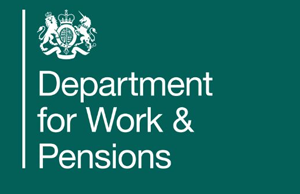
DWP - Disputes Modernisation ProgrammeProject type
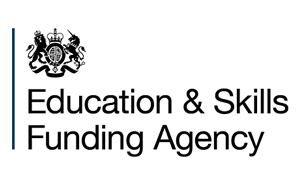
ESFAProject type
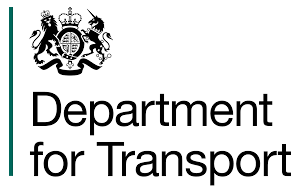
DfT BSOGProject type
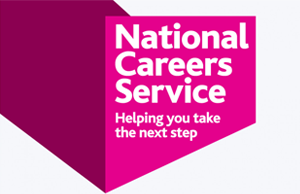
National Careers ServiceProject type
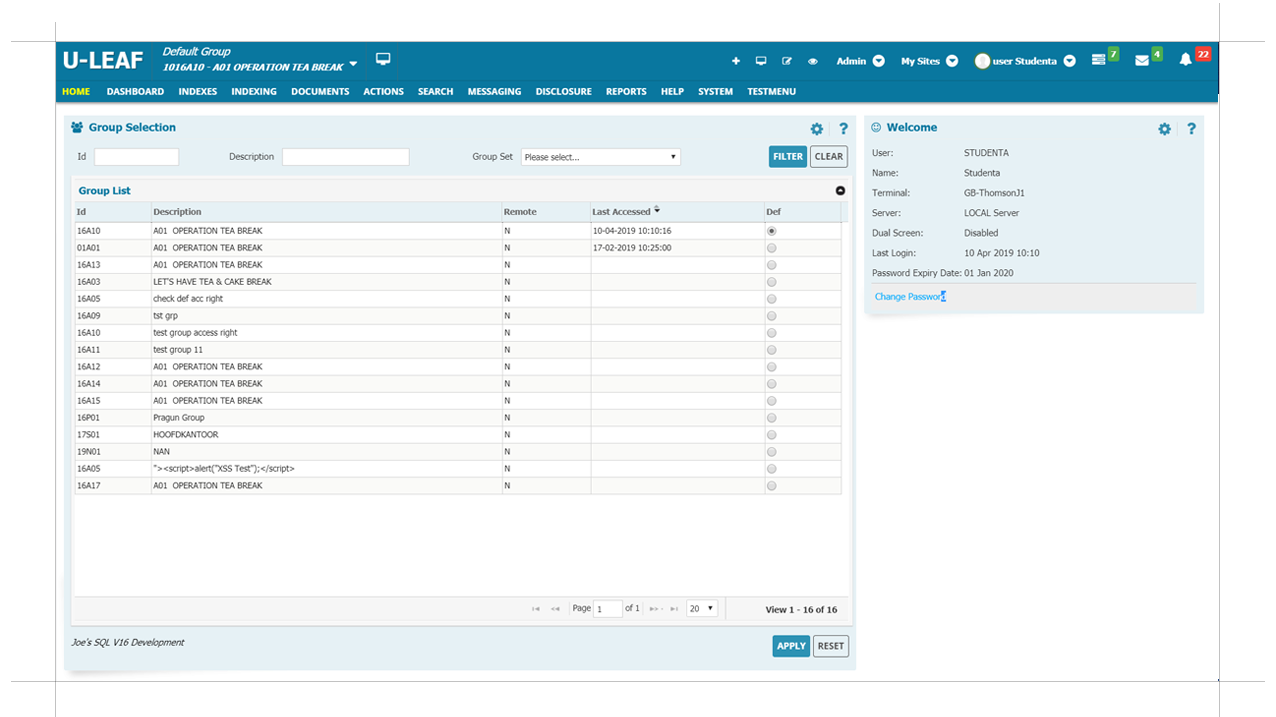
ULEAFWEB APPLICATION
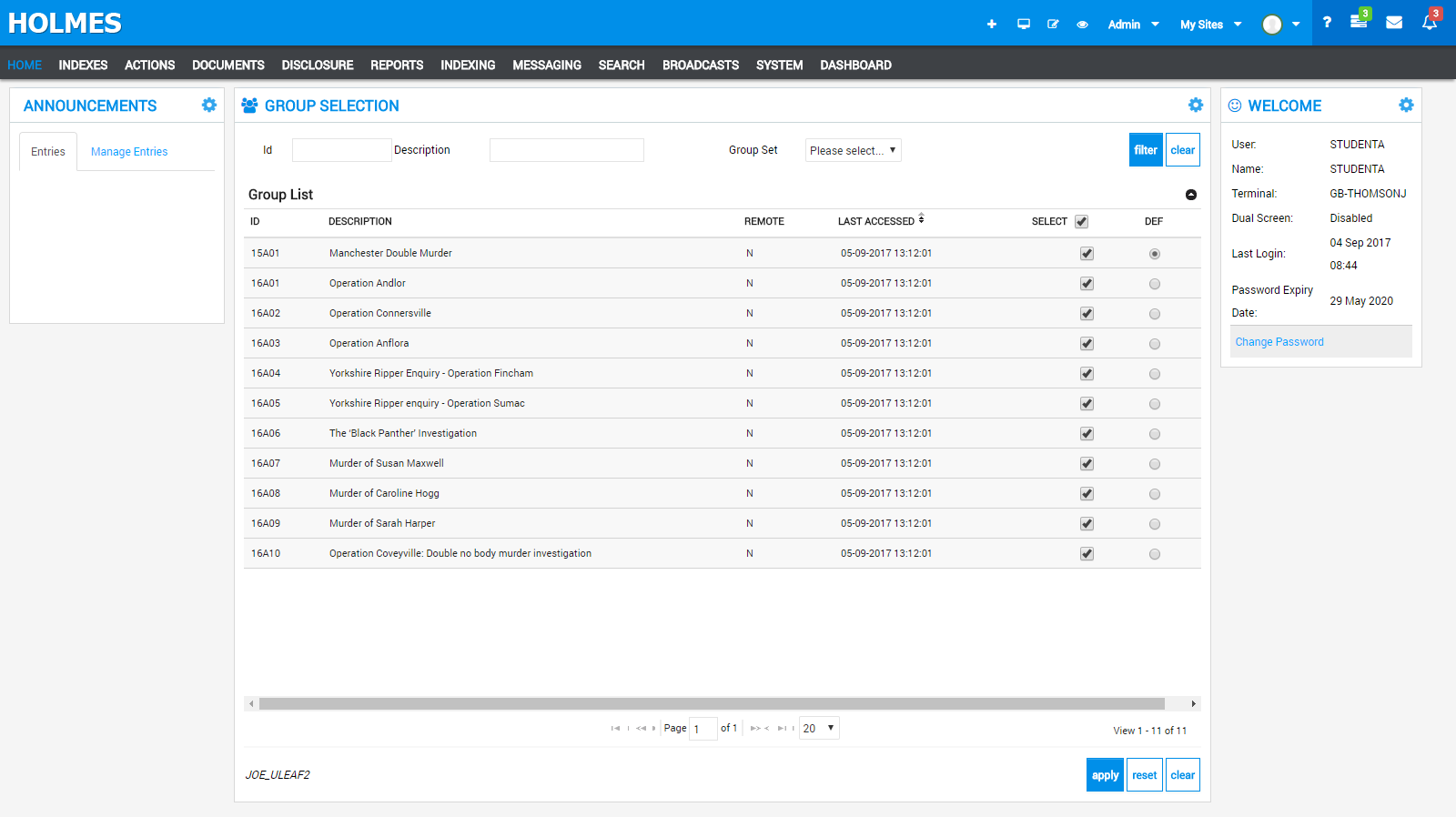
HOLMES2WEB APPLICATION
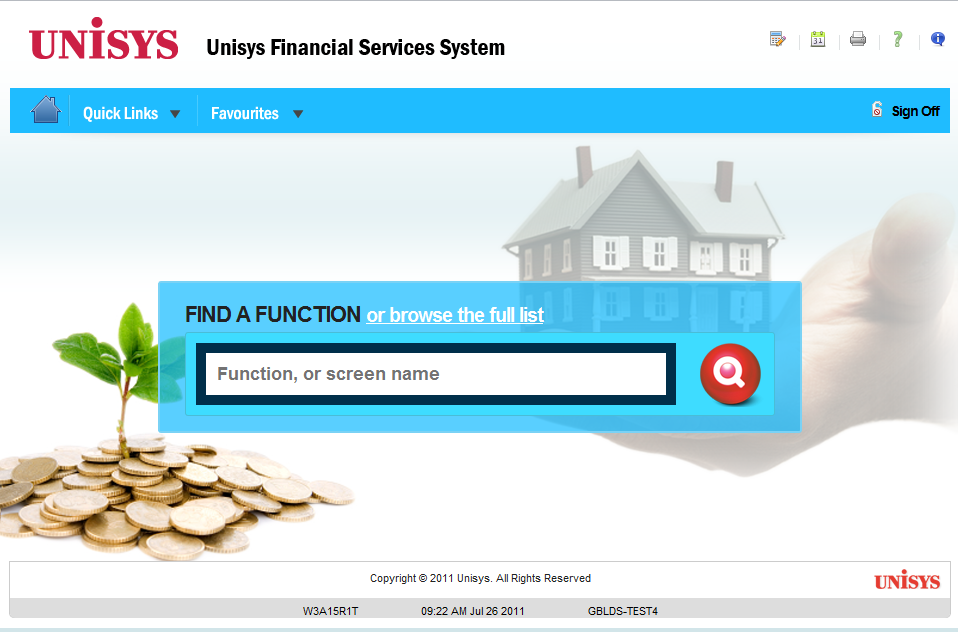
UNISYS-UFSSWEB APPLICATION
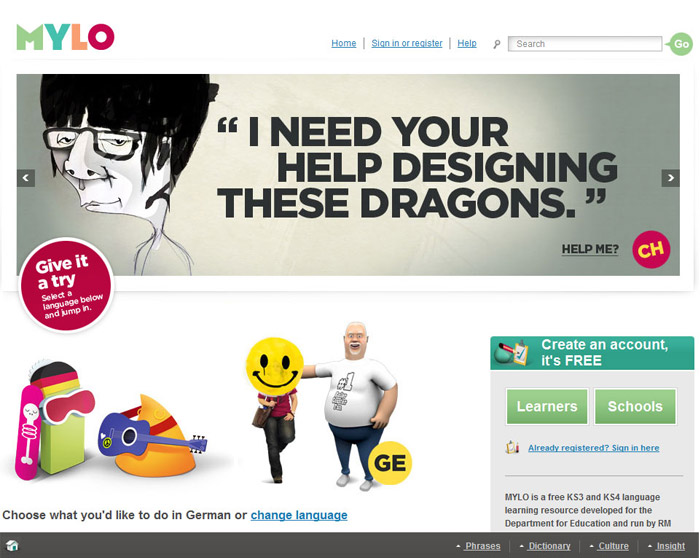
MYLOWEB APPLICATION

DUTCH-CUSTODIALWEB APPLICATION
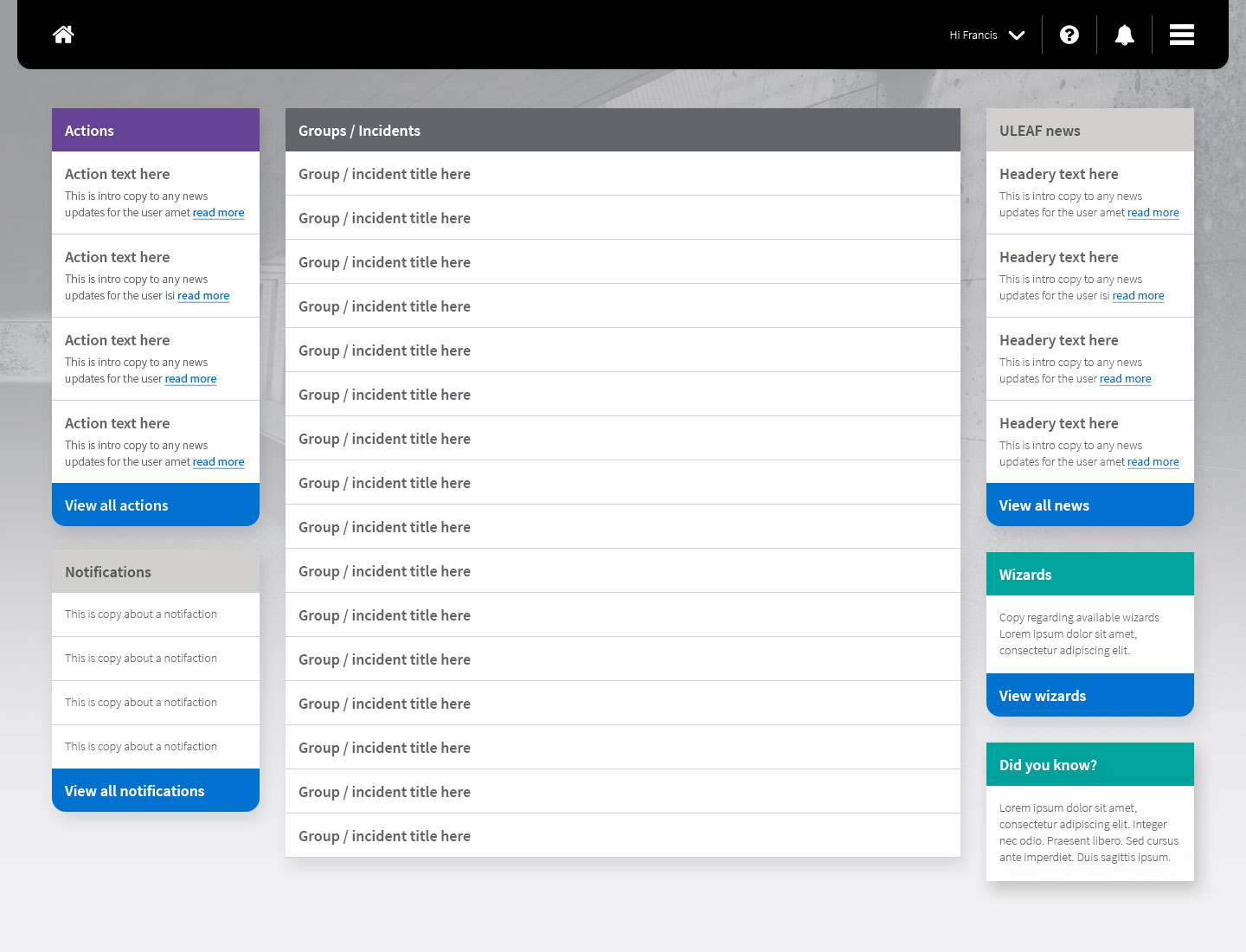
Digital InvestigatorWEB APPLICATION
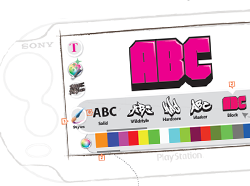
SONY-TAGPLAY STATION TAGGING GAME
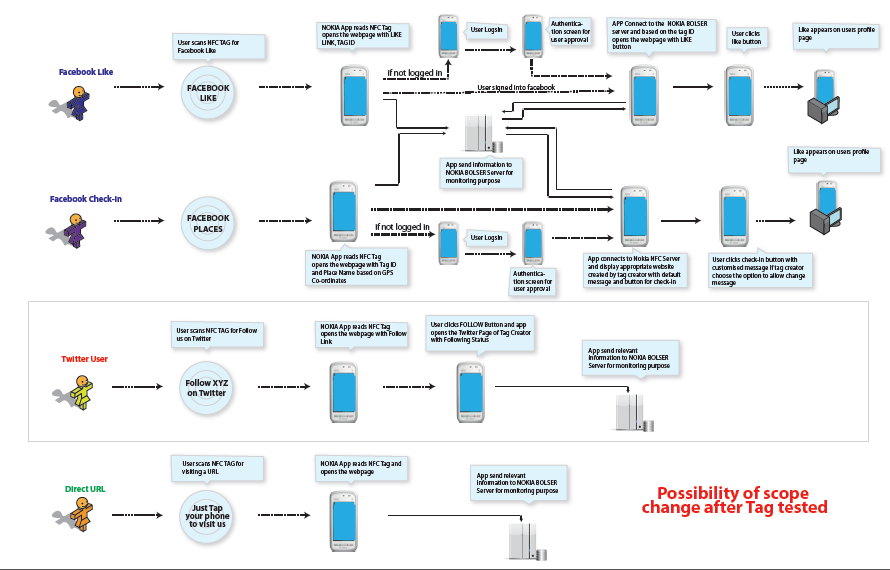
nokia-nfcNOKIA NFC

asiaroomsASIAROOMS
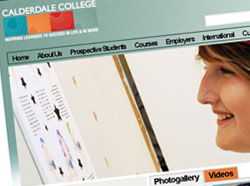
calderdale-collegeCalderdale College
© Jojest Thomson 2019 - Forever
